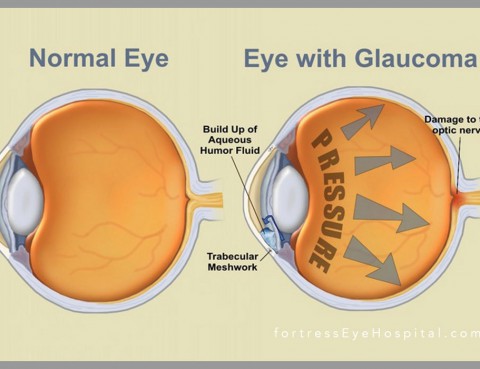
A cataract is a gradual opacification of the eye’s natural crystalline lens. The lens is situated inside the eyeball, behind the pupil. Why does a cataract develop? In the majority of cases, the cause is a natural ageing of the lens. Normally the lens is completely transparent, but with time the lens proteins become gradually…
The small specks, “bugs” or clouds that you may sometimes see moving in your field of vision are called floaters. They are frequently visible when looking at a plain background, such as a blank wall or blue sky and can be associated with flashes. These visual phenomena have been described for centuries; the ancient Romans…
What is the conjunctiva? The conjunctiva is the thin transparent lining of the eyeball, covering the white of the eye and the inside of the eyelids. What is conjunctivitis? Conjunctivitis is an inflammation of the conjunctiva. Many different types of conjunctivitis exist such as infective (bacteria or virus), allergic, toxic, traumatic, autoimmune etc. Whilst some…
Age-related macular degeneration (ARMD) is a degenerative condition of the macula (the central most sensitive part of the retina which provides our sharply focused central vision). It is the most common cause of vision loss in the western societies in those aged 50 or older, and its prevalence increases with age. ARMD is caused by…
Blepharitis is a very common condition causing inflammation of the eyelid margin and usually involves all four eyelids. It is difficult to manage as it tends to recur. There are two types: Type 1) Anterior Blepharitis where the source of inflammation is the eye lash follicles, and a dandruff like substance is often seen stuck…

Glaucoma is the commonest cause of preventable, irreversible blindness in the West, and affects about 8% of people over the age of 70%. It is the cause of about 10% of blindness in the US. In glaucoma, loss of vision is caused by damage to the optic nerve. The commonest cause is raised pressure in…

